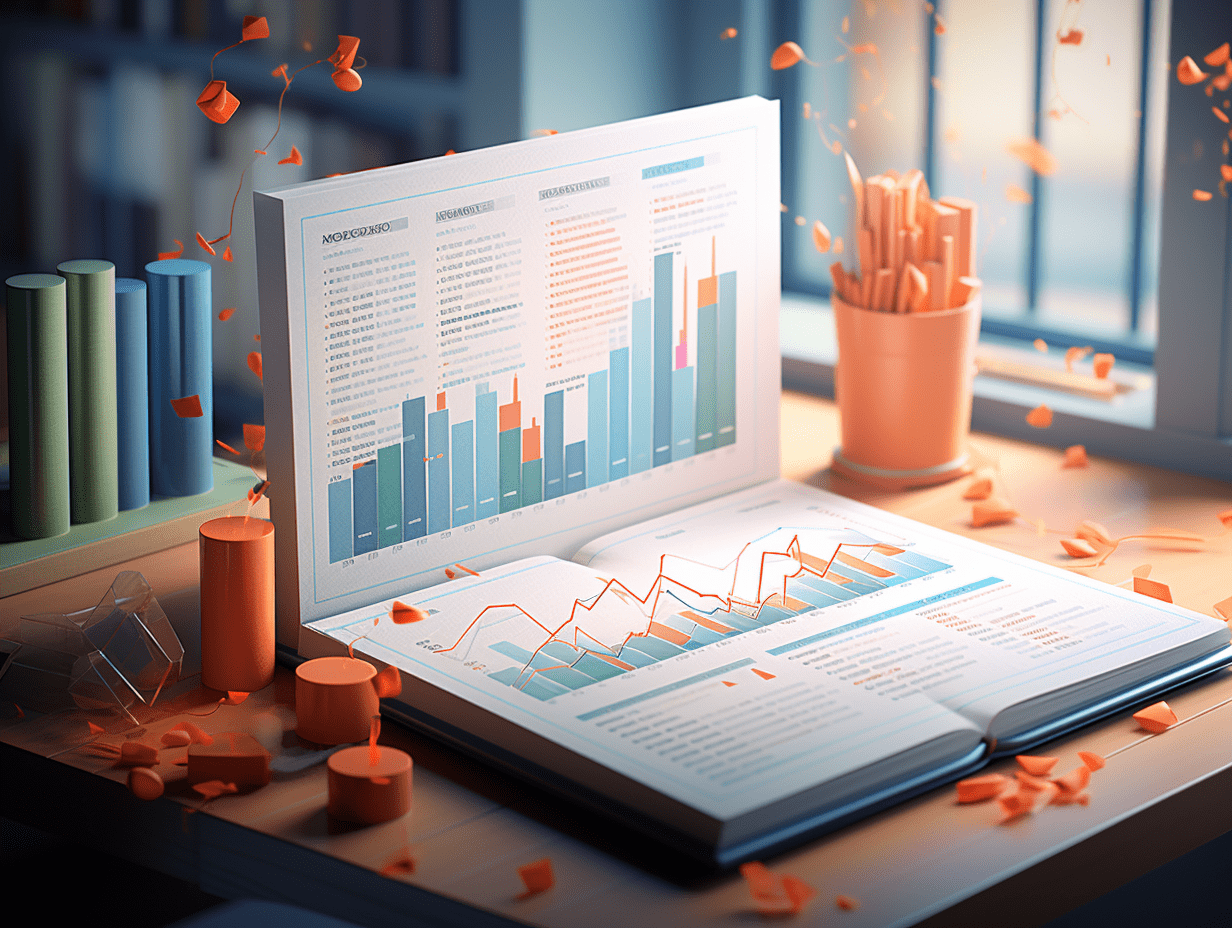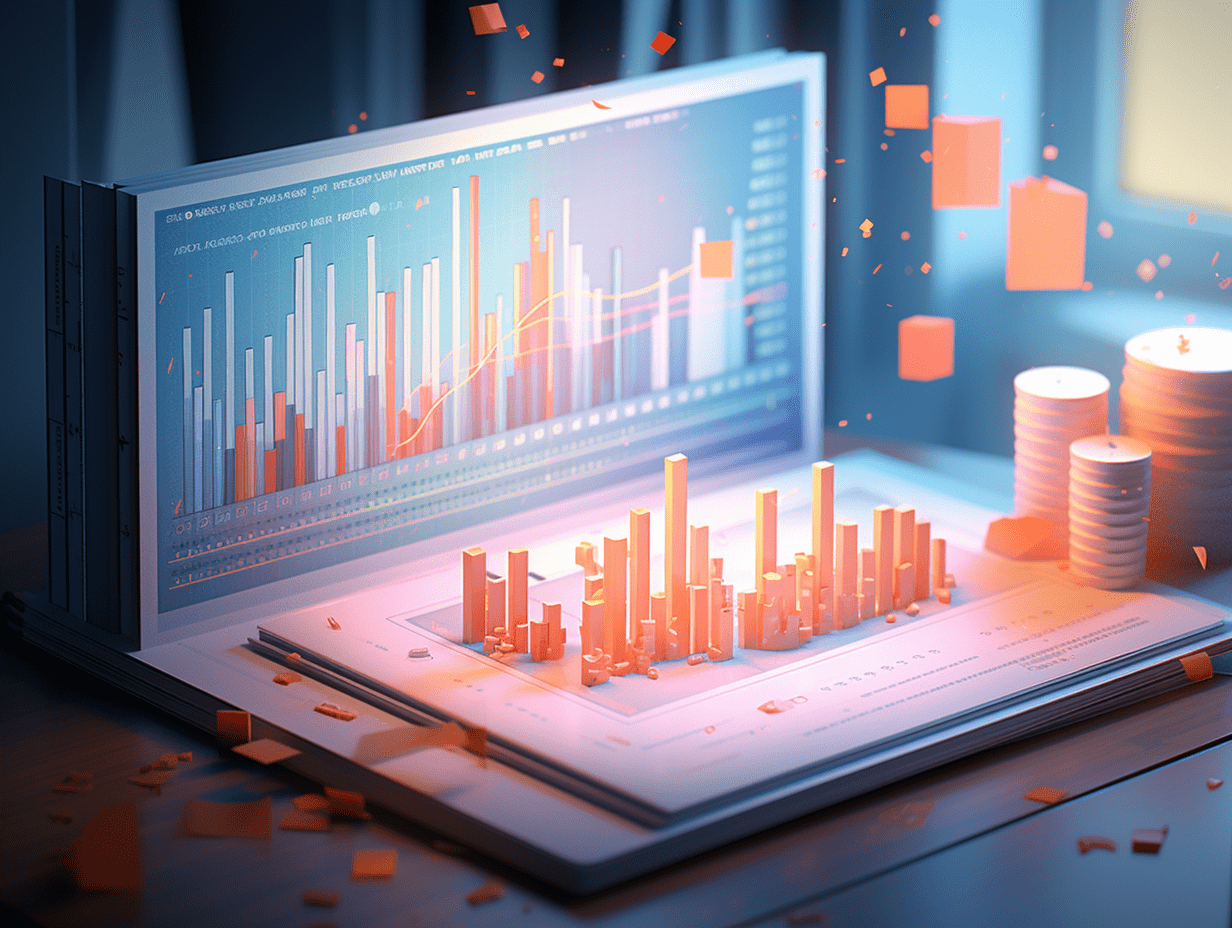CMSC: What is the impact of the recent rise in commodity prices on the A-share market?
Taking into account the changes in the supply side and the level of free cash flow, non-ferrous metals, steel, and building materials are currently cyclically oriented choices that can be considered for layout.
CMSC released a research report stating that the recent market trading price increase trend is driven by the anticipation of a prosperous year in the next economic cycle. There is a five-year economic cycle in China, and US midterm elections often lead to a strong year for industrial metals. Therefore, next year will be a rare year of resonance between China and the US every 20 years. Currently, the price increase is mainly concentrated in coal, non-ferrous metals, some chemical products, new energy and photovoltaic industry chains, and memory. Considering changes in the supply side and free cash flow levels, non-ferrous metals, steel, and building materials are currently favorable choices in the cyclical market.
CMSC's main points are as follows:
What is the impact of the recent commodity price increase trend on the A-share market? The logic behind the recent market trading price increase trend is the anticipation of a prosperous year in the economic cycle. In China, years ending in 6 or 1 tend to see an increase in the Producer Price Index (PPI) due to the convening of the Party Congress and the implementation of the five-year plan. In the US, economic policy and elections are closely related, and industrial metal prices often peak in midterm election years. Therefore, the overlapping of China's five-year cycle and the US's four-year cycle will create a rare year of resonance between China and the US in 2026. Currently, the price increase is mainly concentrated in coal, non-ferrous metals, some chemicals, new energy and photovoltaic industry chains, and memory. Considerations for supply side changes and levels of free cash flow indicate that non-ferrous metals, steel, and building materials are favorable choices for investment in the current cyclical market.
This week, the overall A-share market rose and then fell, mainly due to: (1) a technical pullback in the index, which stabilized in the second half of the week; (2) clear signs of growth in North American power infrastructure investment, with a clear theme spreading to upstream lithium battery manufacturers; (3) with no significant negative impact from overseas, market trading autonomy has increased.
The year-on-year growth rate of PCB shipments in North America in September has expanded, and memory prices continue to rise. Industries showing signs of improvement this week include: 1) most industrial metal prices have risen; 2) strong demand for downstream energy storage, with prices in the new energy industry chain mostly rising, and silicon prices increasing; 3) TMT continues to prosper, with DRAM memory prices continuing to rise, and the year-on-year growth rate of PCB shipments and orders in North America in September expanding. Focus on industries with high or improving prosperity, such as non-ferrous metals, power equipment, silicon, memory, PCB, semiconductor, gas, and power.
Net inflows of financing and net redemptions of ETFs, and significant shareholders reducing their holdings. Financing funds had a net inflow of 11.75 billion yuan in the first four trading days; 218.4 billion shares of new equity mutual funds were established, an increase of 33.4 billion shares compared to the previous period; ETF net purchases corresponded to a net outflow of 8.36 billion yuan. Financing funds had net purchases in power equipment, pharmaceuticals, and basic chemicals; more purchases in pharmaceutical ETFs and more redemptions in raw material ETFs. The size of significant shareholder reductions has decreased, but planned reduction volumes have increased.
Regarding humanoid robotics and automation company Siasun Robot & Automation: The core points of the final narrative are the brain and materials, with advanced manipulators and assemblies being the first to benefit from mass production. Tesla held its annual shareholder meeting with over 75% of votes approving a new compensation plan for CEO Elon Musk worth about $1 trillion, ensuring his control over the company's development for the next decade. Musk showcased core technologies including FSD, Robotaxi, Cybercab, and humanoid robotics and automation, stating that Tesla is transitioning from an electric vehicle manufacturer to an "AI+Siasun Robot & Automation" intelligent manufacturing platform. Regarding humanoid robotics and automation, Musk said that Optimus will be the "largest product in Tesla's history," with a market capacity of tens of billions and a personal to industrial usage ratio of approximately 1:3 to 1:5.
This week, the overall A-share market valuation increased, with the Wind A-share index PE (TTM) rising by 0.2 compared to the previous week, reaching the historical valuation level of the 70.0th percentile. Most index valuations rose this week, with power equipment, steel, and retail trade leading the way in valuation increases, while computers, beauty and healthcare, and pharmaceuticals saw the most significant declines.
Risk warning: Economic data falling short of expectations, incomplete policy understanding, overseas policies tightening more than expected.
Related Articles

Selected A-share Announcement | State-owned Assets of Hefei Plan to Take Over! Panel Segment Leader Visionox Technology Inc. (002387.SZ) will resume trading on Monday.

New Stock News | Innovation Industrial Holds Hearing at Hong Kong Stock Exchange, Strong Growth in Aluminum Electrolysis Performance.

CITIC SEC: When about 60% of institutions' positions are related to AI, we prefer to choose varieties with a bottom-up trend in ROE.
Selected A-share Announcement | State-owned Assets of Hefei Plan to Take Over! Panel Segment Leader Visionox Technology Inc. (002387.SZ) will resume trading on Monday.

New Stock News | Innovation Industrial Holds Hearing at Hong Kong Stock Exchange, Strong Growth in Aluminum Electrolysis Performance.

CITIC SEC: When about 60% of institutions' positions are related to AI, we prefer to choose varieties with a bottom-up trend in ROE.

RECOMMEND

Short Positions on Xiaomi (01810.HK) Surge 53% in a Week as Memory Price Spike Weighs on Sentiment
07/11/2025

Privatization Wave in Hong Kong Stocks: Exiting Liquidity Traps to Enable Strategic Transformation
07/11/2025

Over 30 Foreign Firms Attend Roundtable as Ministry of Commerce Signals Multiple Policy Shifts
07/11/2025


